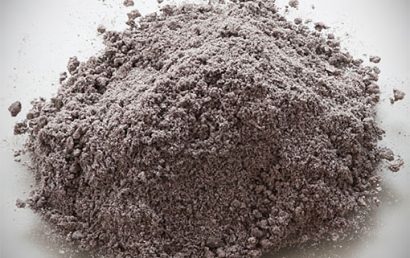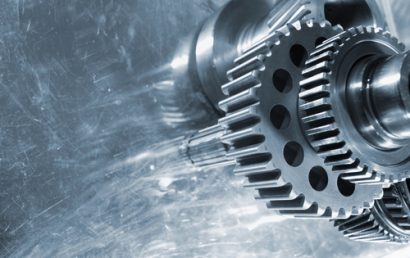Have You Heard Of Metal Foam?
Metal foam is manufactured from alloys such as aluminum, silver, and zinc. This type of foam has the ability to transform itself from a liquid state to a solid state. Multifaceted components and also sandwich 3D-shaped panels, which consist of aluminum sheets and foam cores, are known to be manufactured from metal foams. Metal forms are use to manufacture a wide range of components for niches, including but not limited to sound or thermal insulation, absorption of crash, and even light weight assemblies. In addition, you can find metal foams in transverse beams of a wide range of machinery, telescopic booms for automobiles, absorption of crash energy, and more.
Different Manufacturing Techniques for Metal Foams
Metal foams can be manufactured via two techniques – direct and indirect foaming. Gas is injected into liquefied metal; it consists of non-metallic particles that are evenly distributed to form metal foam. In addition, titanium hydrate can also be added to the liquefied metal mix, and the mixture is left to decompose. When it comes to indirect foaming, solid precursors containing a matrix of aluminum as well as evenly distributed particles of a blowing agent such as zirconium hydride or titanium are melted to expand into foam.
The precursor resources can be created in different ways:
- By mixing titanium hydride and aluminum powder, and compressing this blend by powder rolling, extrusion, or hot pressing to a concentrated precursor.
- By pre-compressing these fusions of powders in to billets and then heating them in to a semi-solidified state and then thixocasting the same in the required shaped parts,
- A blowing agent is added to a melted alloy of aluminum and the same is solidified. To avoid these powders from prematurely decomposing, the blowing agent needs to be treated prior to its use.
- By processing a spray of liquid aluminum and permitting it to be accumulated in the company of a blowing agent.
In all these instances, a foam able precursor is formed and the same is melted again to form a foam.
Stabilization of Metal Foam
One research area of interest is to perceive the stabilization of metal foams and how this stability be increased. The aim of this high temperature colloid chemistry is to make the manufacture more consistent and for improvement in the characteristics of metal foams. Thirdly, fundamental research can be done by constructing replicas of structures of metal foam and interpretation of these data helps to develop the application for these materials.
Crash Resistant and Other Uses for Metal Foam
The metal foams have a variety of applications from aerospace to ship building and from automotive to civil engineering. Aluminum foams possess the unique quality of exploiting reversible part of load-deformities curve due to its light weight. Also, owing to high porosity, metal foam is prone for absorption of huge amount of mechanical force thus helping victims in crashes. Metal foams have the ability to survive high temperatures and possess low thermal conductivity which helps to absorb and dampen sound vibrations.
It is Not the Last Word in Metal Foam Technology Yet
Modern technologies developed today in forming metal foams offering a myriad range of varied foams and have also improved the quality and intrinsic characteristics of metal foams thus enabling manufacturing of a wide range of composites. Though some applications are already in vogue, other more sophisticated ones will soon find use in ships, space craft, cars, and aircraft in the future.



